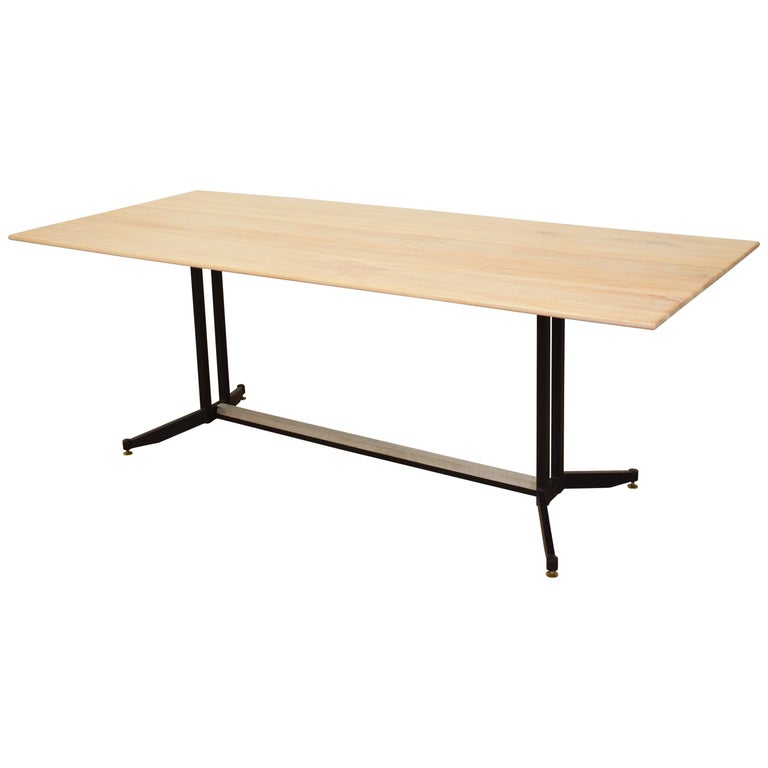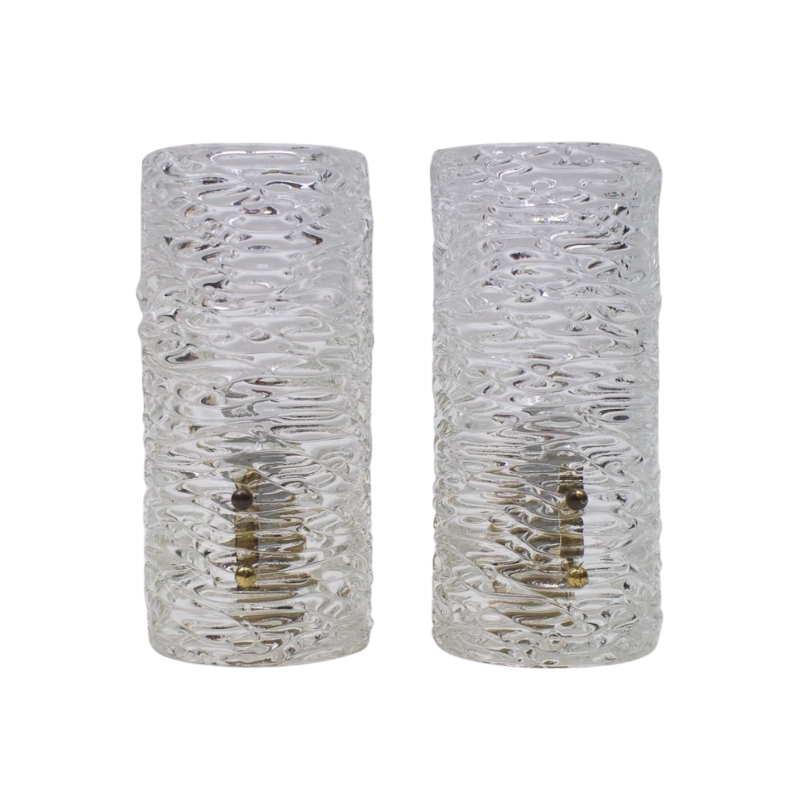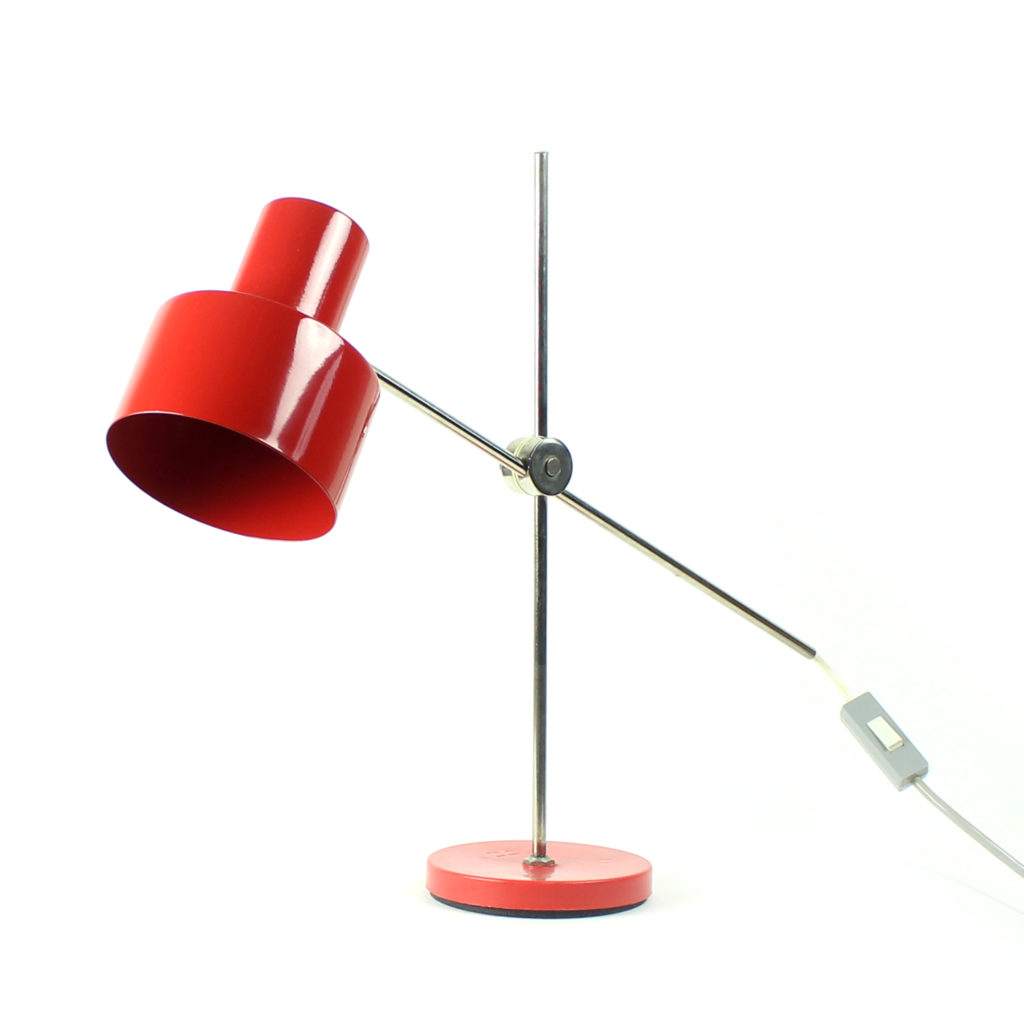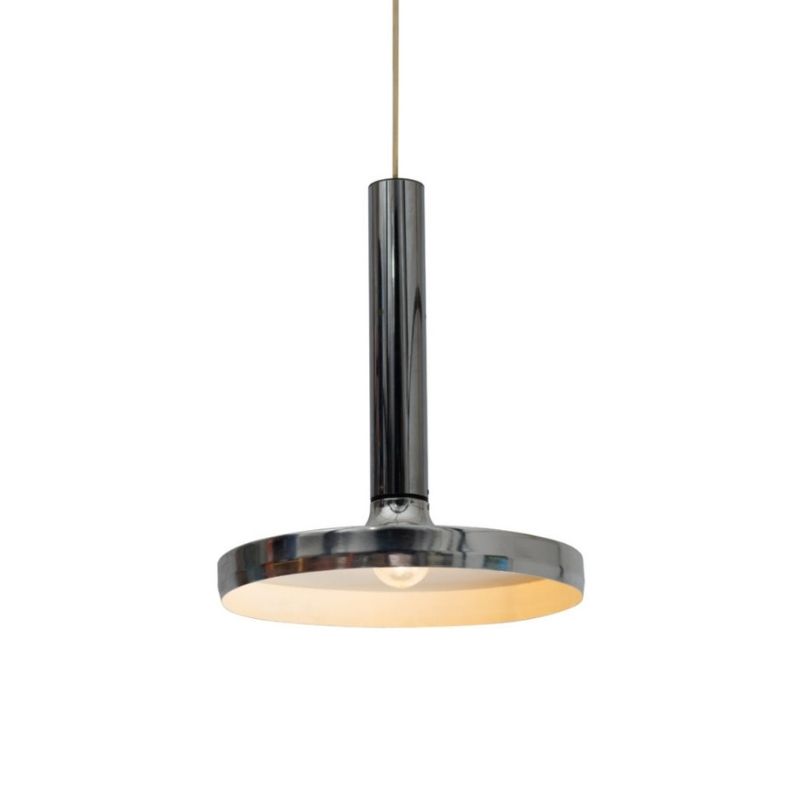Hello All!
First time posting on here.... I was driving down the street today and saw a chair on the side of the road that really caught my eye.... Picked it up and it looks like it has really great "bones" but needs a lot of work... There are a few loose pieces and the seat is completely cut out. From a little research online, it looks like a Milo Baughman chair for James Inc and would really love to restore it to its full glory! I have a little experience restoring and reupholstering furniture (just a tiny bit) and would really love to do this myself... but am not sure where to begin... Any suggestions on what time period this chair may be from or where I could go to find replacement parts would be greatly appreciated!
Thank you everyone!
 <img class="wpforo-default-image-attachment w
<img class="wpforo-default-image-attachment w
First, I don't think it's Milo Baughman because I think his recliners all have fully upholstered backs. Yours was made to have a loose back cushion with the back frame completely exposed. I couldn't find any others like yours in a quick google image search with the terms "vintage recliner james inc high point" but that doesn't mean much.
The mitered joints on the arms, seat corners, and back frame corners are unusual and will probably help narrow your search a lot. American chairs usually have posts with rails (probably not the blanket term here). Robsjohn Gibbings chairs have mitered corners on the frames but this is not a Robsjohn Gibbings chair.
As for restoration, I doubt you'll be able to find replacement parts for the recliner mechanism, if it needs parts even---sometimes those things are jammed or rusted and it turns out with a little elbow grease that they DO work after all. But if yours does need more than that, you or someone else will probably have to fabricate parts or come up with substitutes. I really don't know much about how those things work or were made--sorry!
Now for the frame--I think you are going to need to reglue those open joints on the corners first. This will require miter clamps...? Maybe one of the repair guys here will chime in. Loose joints weaken the entire chair and put undue stress on joints that are ok, causing them to loosen too. You can't skip this step. And it needs to be done correctly or they'll just come undone again. And if you don't reglue them on the square, the chair will not sit evenly and that will stress the joints, too.
Finish: looks like it's all gone. I think a total sanding is in order on this one. I can't tell what the wood is and I'm not even going to hazard a guess because I know I'll be wrong! Hopefully it's something that is compatible with an oil finish, though. Oil finishes are easy to do and very beautiful.
Seat webbing: looks like it had one of those elastic fabric seats, though that would be unusual for an American chair. I see a loose fiber or two from the material that was cut out but I can't tell from just this. Carefully pry off the black cover strips around the edge and save them for reuse. I've seen these on a few Danish chairs but I don't think on an American chair ever. Interesting. I have never found a source for heavy duty elastic webbing fabric but it would be ok to redo the seat with regular elastic webbing strips, I think. If you can get a good closeup photo in bright light of the remnants of the webbing under those black strips, that will help in identifying it.
The back has Experspring loops. These are still made. The genuine ones are sold by at least one UK source and there are substitutes currently available on Ebay, I think.
Cushions: if you don't have any experience making box cushions yourself, consider getting them done professionally. Nothing ruins the look of a good chair quicker than amateur-sewn cushions with ripples and puckers! (See: Apartment Therapy reader upholstery projects.) Any good upholsterer can make these, they are no different than those on conventional sofas except they should have only 1/2" to 3/4" batting and the foam should be cut to the dimensions of the frame. (On conventional sofas and chairs, the cushions have a lot more batting to make them look plump and overstuffed. You don't want that look for a Danish Modern style wood frame chair--EVER.) Foam for the back should be 1" less thick than the seat, otherwise the chair will look top heavy. And it should be one level less dense than the seat, otherwise the back will feel too firm.
If you get someone to do the cushions, be sure that you can supply the fabric. Most upholsterers will try to talk you into a contemporary fabric, like a chenille or acrylic-whatever. Get the yardage estimate and then find something online. There are some great sources these days and it's easy to find beautiful MCM-correct fabrics at discount.
If you want to do the cushions yourself, get good quality foam (not the green stuff from Joann Fabrics--it's cheap and awful) and learn how to cut it squarely and accurately. You need heavy duty spray adhesive to glue the upholstery batting to the foam (do not use quilt batting--it breaks down). You really should use a respirator with the adhesive, too. Still sound like fun? Get a quote from a pro, at the least---they do this stuff all day long and are set up for it and I think many don't charge much for basic box cushions. The clearest, most thorough instructions for sewing the covers are in the 1980 Sunset book "Furniture Upholstery" which you can find online for a few dollars. This assumes you already have sewing skills and a good sewing machine that can handle 4 layers (minimum) of upholstery fabric.
That's all I got.
Wow, "spanky"! Thank you so much for all this detailed information! I really appreciate you taking the time to go into so much detail. I have decided to attempt this restoration by myself and has been going well so far. I have disassembled the chair as much as possible and have begun sanding sections of it down so that I can refinish. I am thinking about doing just a Danish oil as the finish, but need to do some more research.... The hardest part, as you have guessed, is finding some of the replacement hardware, even the hinges have been difficult to ind because they are such an odd size, but am continuing to look online.... Will keep the progress updated! Thank again for your advice!
Ah--now that I've seen the wonderful ad supplied by Leif, there is one more thing. The back frame is curved a bit. If you just put a slab of conventional urethane foam on this, the foam will not conform to the curve. I am quite sure that the originals had latex cushions and latex is much heavier and floppier than urethane, traits that let it sag into curves nicely. The problem is that the cost of latex foam is about 4X that of conventional urethane foam. If you can swing it, by all means get it! It's more resilient, thus more comfortable, and it will outlast urethane foam by many years. It will not develop hollows the way urethane foam eventually does.
Anyway, the way I've gotten around this curve issue with urethane foam is to cut very narrow (1/4" or less) grooves, or kerfs, with a new razor blade crosswise in the cushion where I want a concave curve. I spray adhesive into the grooves and then press them closed. You have to do one or two at a time until you get the curve you want. You can do this on the lower back too, and wherever there are convex curves just cut a few slits and let them open up (no gluing).
If you do this, you really need to also cut the side panels in the same curved shape as the sides of the foam. If you just use straight strips of fabric, the fabric will have ripples in it at the curves.
If you want to go a little nuts with the comfort level, do two layers of thinner foam for the back. On the lumbar region on the backside of the cushion, use a denser foam. This will give the feel of a lumbar curve to the back but the cushion will still have the outward appearance of a uniform thickness cushion like on the original.
It would also mean buying several densities of foam, though--you kind of have to mess around trying different combinations if you want it to be just right. An accommodating upholsterer might let you do this in his shop---it might be worth asking! Many will probably just roll their eyes at a request like this but some might be interested in trying it. It really does make a huge difference.
My drawing is not to scale and is only to illustrate what I'm talking about for the lumbar support!
If you need any help, please contact us at – info@designaddict.com









